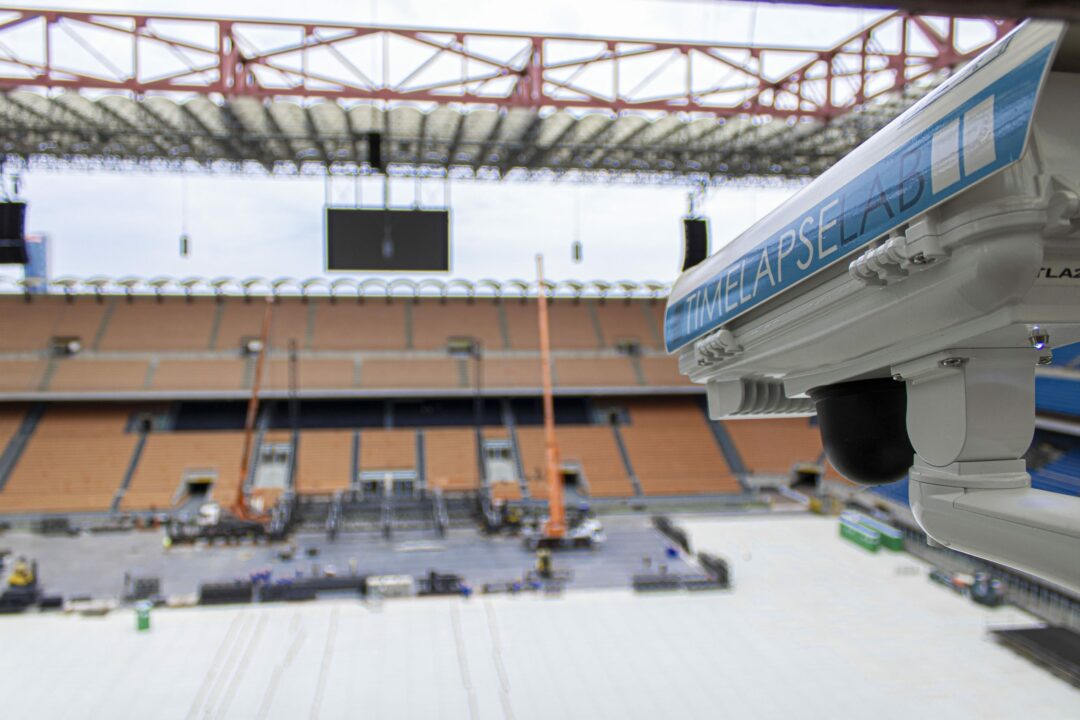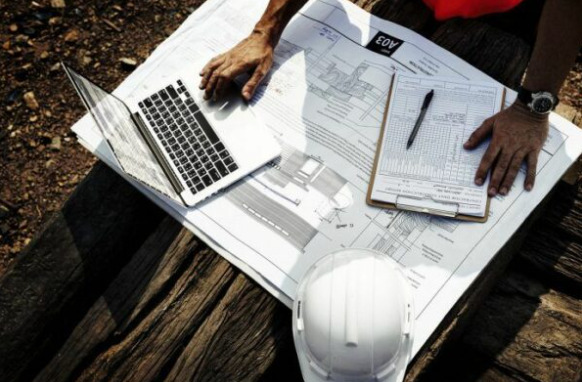When it comes to construction projects, ensuring safety, efficiency, and timely completion are key concerns. However, monitoring construction sites can be a challenging task, especially when projects are remote or spread over vast areas. This is where remote construction site monitoring plays an essential role.
By utilizing modern technologies and advanced data analytics, remote monitoring offers numerous advantages that traditional methods cannot match.
Advantages of remote construction site monitoring
Increased safety and security on construction sites
Remote monitoring allows project managers and supervisors to keep an eye on the site from any location, minimizing the risk of potential accidents or intrusions.
Surveillance cameras equipped with advanced video analytics can quickly detect suspicious activities, unauthorized access, or safety hazards, enabling prompt action to be taken.
Real-time access to critical project information
Remote construction site monitoring provides real-time access to essential project information. Project managers can remotely view live video feeds, monitor progress, and track the movement of equipment and materials.
Real-time data on worker attendance, task completion, and resource utilization allows for accurate project tracking, facilitating better decision-making and ensuring projects stay on schedule.
Cost-effectiveness and time-saving benefits
Remote construction site monitoring offers substantial cost-saving benefits. By eliminating the need for physical presence on-site, projects can save on expenses related to travel, accommodation, and personnel costs.
Additionally, remote monitoring enables prompt issue detection and resolution, reducing downtime and minimizing project delays. This translates into significant time savings, as problems can be addressed quickly and efficiently.
A case study published on SpringerLink compared the use of remote monitoring systems with traditional monitoring methods on construction sites. It revealed that construction projects monitored remotely performed better than those monitored traditionally. Specifically, the article found that the majority of site inspections (67%) are done manually using the traditional method, whereas with remote monitoring, manual site inspections are reduced to 33%.

Features and technologies used in remote construction site monitoring
To achieve effective remote construction site monitoring, several features and technologies are employed:
Surveillance cameras and video analytics
Surveillance cameras equipped with video analytics play a crucial role in remote monitoring. These cameras are capable of analyzing video feeds and triggering alerts based on predefined rules. They can detect potential safety hazards, intrusions, or abnormalactivities, allowing immediate action to be taken.
Neural networks complement this surveillance capability by detecting and obfuscating sensitive data present in the photos in real time. This ensures compliance with privacy regulations such as GDPR legislation and article 4 of the Workers’ Statute, guaranteeing protection against privacy complaints.
Mobile applications and remote access
Mobile applications enable project managers and supervisors to access live video feeds and project data directly from their smartphones, tablets or PC. This allows for real-time monitoring and quick decision-making, even when they are not physically present on-site.
IoT Sensors and drones
IoT sensors and drones are increasingly being used in remote construction site monitoring. Sensors can collect and transmit data on temperature, humidity, noise levels, and structural integrity, providing valuable insights for safety and maintenance purposes.
Drones offer aerial views of the site, enabling comprehensive monitoring and facilitating progress tracking.
Best practices for implementing remote construction site monitoring
To ensure successful implementation of remote construction site monitoring, the following best practices should be followed:
- Clearly define project goals and monitoring requirements: before implementing remote monitoring, it is crucial to clearly define project goals and specific monitoring requirements. This will help select the most appropriate technologies and ensure the monitoring system meets the project’s objectives.
- Choose the right technology and service provider: selecting the right technology and service provider is vital for the success of remote monitoring. Consider factors such as scalability, integration capabilities, ease of use, and customer support when choosing the technology and service provider that best fits your project requirements.
- Train and educate construction personnel: to maximize the benefits of remote monitoring, it is essential to train and educate construction personnel on the system’s usage and capabilities. This will ensure the successful adoption and utilization of the remote monitoring solution.
Conclusion
By leveraging advanced technologies and data analytics, like that of Timelapselab, construction projects can be monitored and managed more efficiently, resulting in improved project performance and timely completion. The future holds exciting possibilities with the emergence of technologies like artificial intelligence, augmented reality, and automation, further enhancing remote construction site monitoring capabilities. As construction projects become more complex and geographically diverse, investing in remote monitoring systems will be crucial for success.



